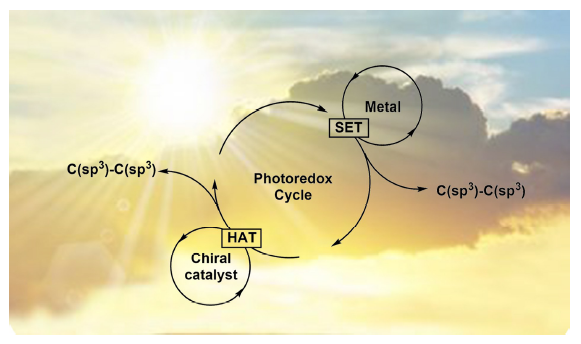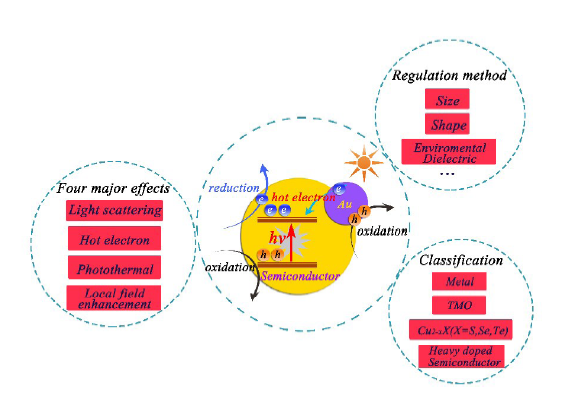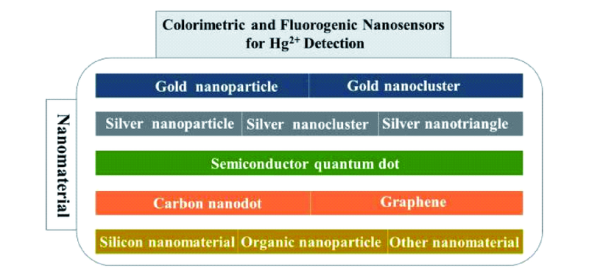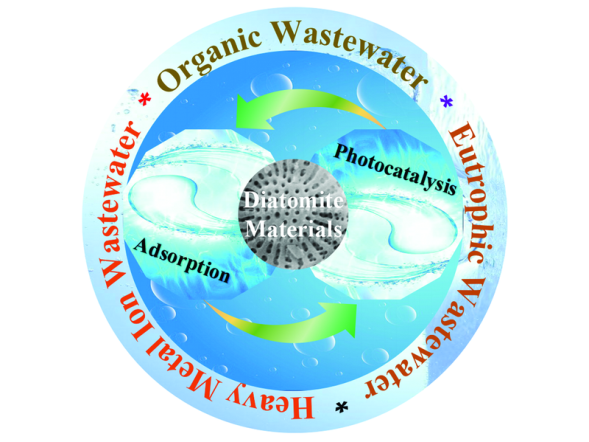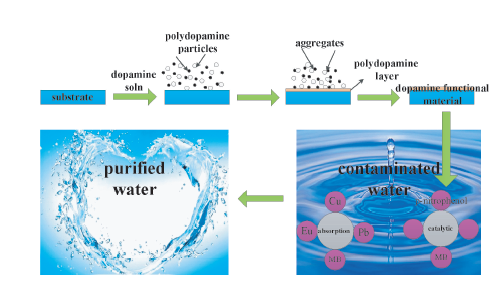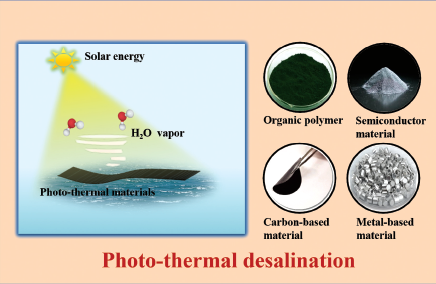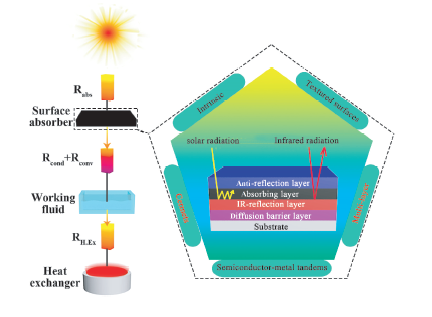Min Xue, Fangfang Fan, Yong Yang, Chuanfeng Chen. Syntheses and Functionality of Pillararene-Based Mechanically Interlocked Structures[J]. Progress in Chemistry, 2019, 31(4): 491-504.
Pillararene, a type of macrocyclic host containing a pillar-shaped cavity, has recently become an important building block to construct supramolecular systems based on host-guest interactions. Pillararenes contain family members from pillar[5]arene to pillar[15]arene. Pillar[5]arene consisting of five hydroquinone units is thermostable product and can be obtained in highest yield; then the yield of pillar[6]arene is relatively low, but still show its various functionality. Using pillar[5]arene or pillar[6]arene hosts, a variety of mechanically selflocked molecules such as(pseudo)[1]rotaxanes and(pseudo)[1]catenanes, and mechanically interlocked molecules such as [n]rotaxanes(n≥2), [2]catenanes and [c2]daisy chains have been fabricated. The independent units in such supramolecular systems often show their relative motion compared with other units. For example, the pillararene ring in a [2]rotaxane molecule generally shuttles along the axle unit of the system. Various derivative groups on these interlocked structures endow them with different functions, such as chirality inversion, F?rster resonance energy transfer, supramolecular gels, Langmuir film, organic catalyst, and even construction of rotaxane-branched dendrimers. In this review, we summarize the research progress of pillararene-based supramolecular self- and interlocked systems. The synthetic strategies and functions of these molecules are focused on, suggesting its prospective application in construction of molecular devices and other complicated supramolecular architectures.










